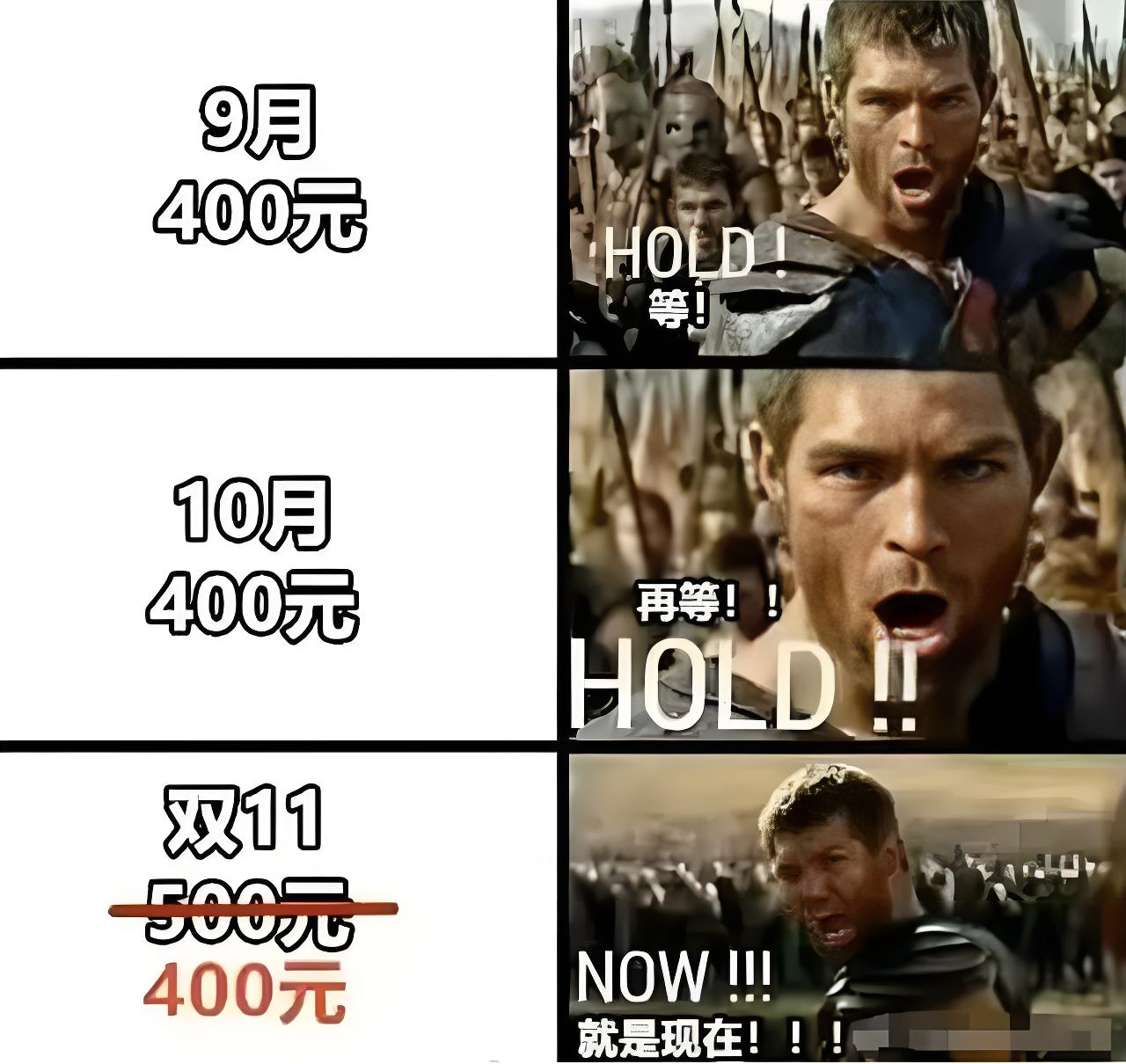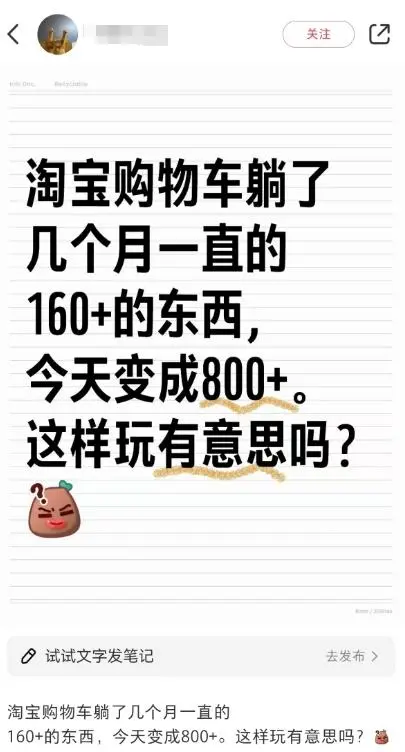
As the Double 11 shopping festival concluded, e-commerce platforms touted optimized shopping rules and simplified consumer experiences. However, some merchants and platforms continued to employ tactics that left consumers feeling deceived. Common practices included raising prices before the event only to lower them later, masking real discounts, and misleading consumers into thinking they had secured bargains, only to discover otherwise.

Below are six common traps consumers encountered during this year’s Double 11. These dishonest promotional practices not only harm consumer rights but also hinder the healthy development of the e-commerce market.
Six Traps Consumers Fell Into
- Price hikes before discounts, misleading promotions
Many consumers discovered that prices had been artificially raised prior to the Double 11 sales event. Post-discount prices were sometimes even higher than regular prices. For example, Ms. Wang from Tianjin noticed that the infant formula she regularly purchased was more expensive during Double 11 by several dozen yuan, despite displaying "savings" that seemed exaggerated. This raised questions about the merchants' pricing strategies.

-
Presale schemes lead to higher costs
While presale campaigns promised savings, many consumers reported paying more in the end. After placing a deposit for a presale product, they discovered the final price after the sale was higher than buying the item outright. Merchants often refused to honor price guarantees, wasting consumers’ time and money. -
Misleading "lowest price" claims in live-streaming sales
Live-streaming has become a popular sales channel, but some hosts falsely advertised “the lowest price.” Merchants sometimes offer exclusive discounts in live-streams, creating the illusion of a bargain, while the same product is available at a lower price on other platforms. Consumers are often misled into thinking they’ve secured a great deal. -
Overly complex discounts and minimal savings
Platforms offered numerous discounts, including coupons, red envelopes, and tiered reductions, during Double 11. However, many consumers found the rules confusing and the savings negligible. After spending significant time participating in these activities, they discovered the discounts were less effective than simply purchasing the item outright. -
Poor-quality goods in live-streaming sales
Despite the rapid rise of live-streaming commerce, many products sold in these sessions were of subpar quality. Top influencers often used exaggerated claims, fake pricing tactics, or emotional marketing to lure consumers. These sales channels sometimes featured counterfeit or inferior goods, exposing consumers to considerable risks. -
Risks of accidental purchases with password-free payments
The promotion of “buy now, pay later” or “zero-cost ordering” payment options led to inadvertent purchases. The simplicity of these systems caused consumers to buy items they didn’t need or forget to make payments, leading to credit issues or other application risks.
Why Do Merchants Design "Price Traps?
According to the Dingxiang Defense Cloud Business Security Intelligence Center, there are several key reasons for this practice:
First, in the fierce battle for online traffic, advertising placements and traffic purchases on e-commerce platforms have become common ways for merchants to gain exposure. To avoid losses, merchants often resort to raising prices. This creates a dilemma: they need to attract consumers while maintaining profitability. In such scenarios, tactics like “price manipulation” and “quality misrepresentation” emerge as “necessary means” to meet promotional and platform requirements. By inflating prices first and then reducing them under the guise of promotions, merchants not only align with platform campaigns but also lure consumers with deceptive discounts, securing higher profits.
Second, as the popularity of the Double 11 shopping festival has gradually waned, merchants and platforms face market saturation and consumer fatigue. In response, they have started employing various price manipulation tactics, such as fake discounts, deposit-based coupons, and tiered reductions. These strategies aim to entice consumers, sometimes even misleading them into thinking they’re securing great bargains. While these tactics may attract short-term attention, they often leave consumers unknowingly spending more than anticipated.
However, as the Double 11 festival matures, consumers have become increasingly vigilant. This heightened awareness forces merchants to employ more “creative operations within the rules.” Yet, many of these strategies are now easily spotted by consumers.
Finally, while some merchants may achieve temporary traffic and sales boosts through “price manipulation,” the long-term outcomes are far less optimistic. When consumers realize they have been deceived, it often results in disappointment or anger after their purchases. This, in turn, severely damages the merchants’ credibility and brand reputation. Overreliance on such strategies undermines long-term market competitiveness and erodes consumer trust.


